Celebration of John Napier of Merchiston at St Andrews
The 400th anniversary of the death of the mathematician John Napier of Merchiston, was commemorated on the 4th of April this year. For details of his life and his connections to St Andrews see our previous post: Marvellous Merchiston. In this post we look at the more recent Library celebrations of this anniversary.
The Library recently celebrated the achievements of John Napier of Merchiston, 1550 – 1617, widely regarded as the first Scot to have made a major contribution to scientific learning. John Napier is perhaps best known for inventing logarithms, bringing the decimal point into common use and for inventing a portable calculating tool – ‘Napier’s Bones’.
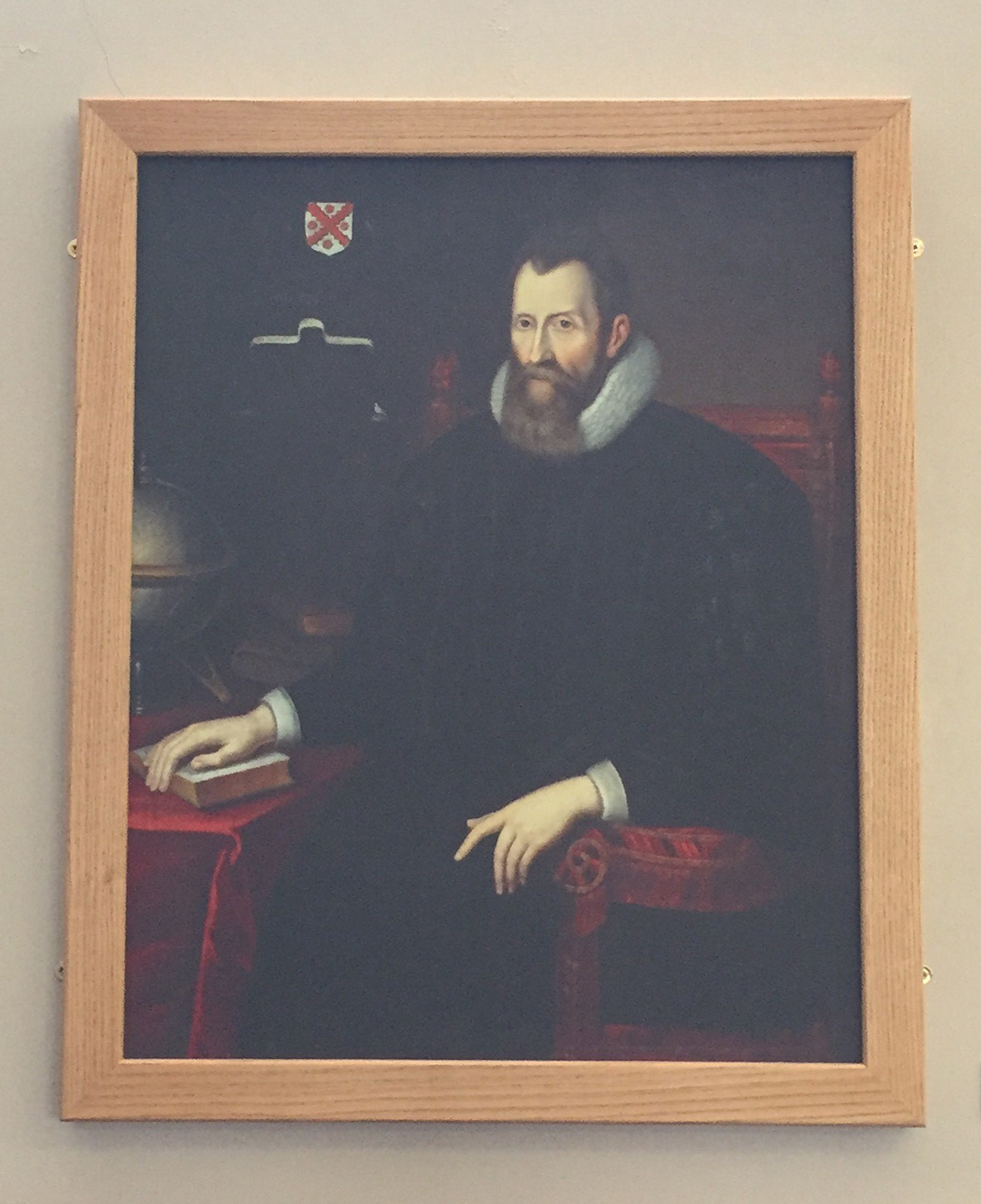
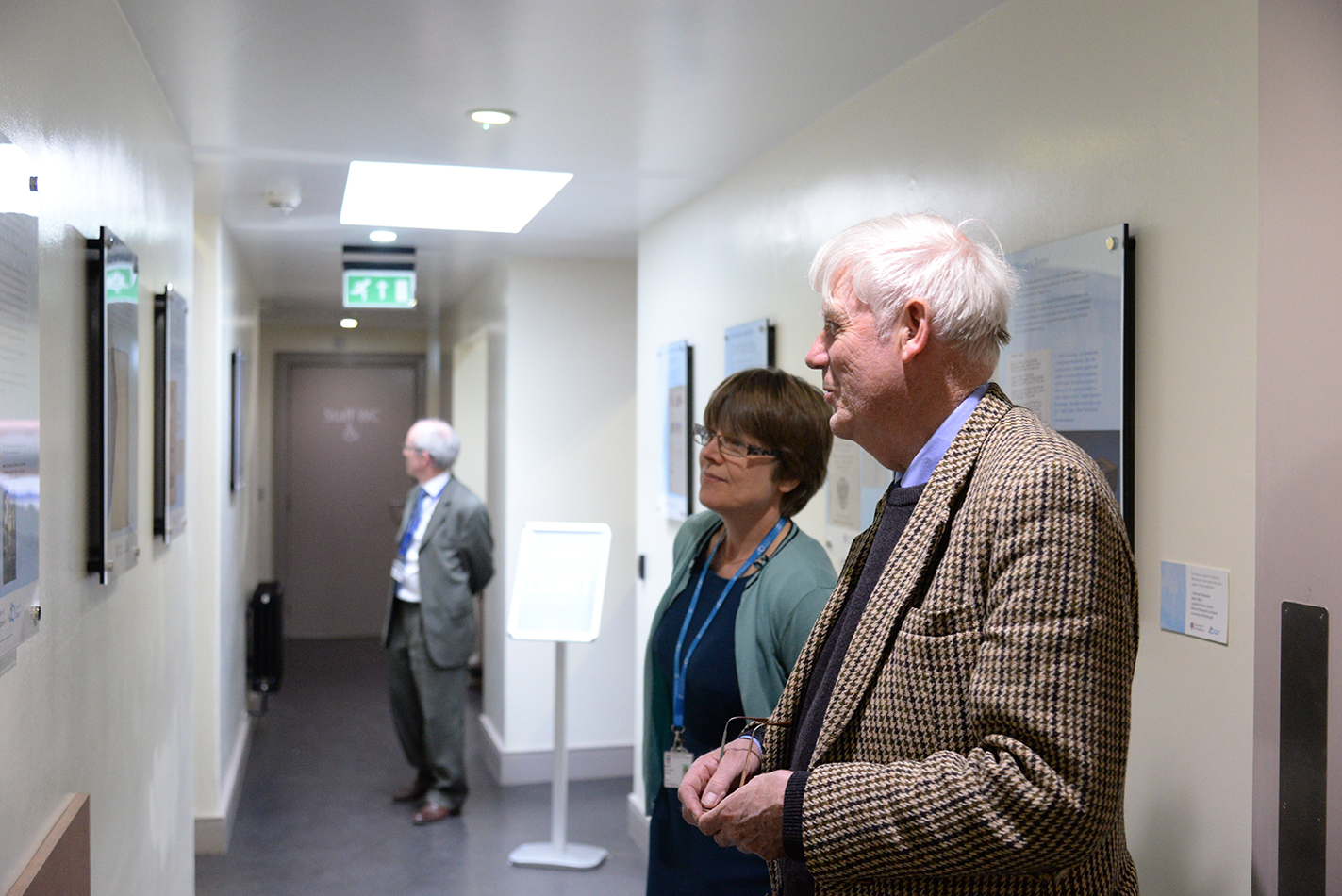
Napier is important to St Andrews. The Special Collections Reading Room in the Richardson Research Library at Martyrs Kirk is named for him, as is a Chair in Astronomy and the student observatory on the North Haugh. 2017 is the 400th anniversary of his death and the Library marked the anniversary by holding an event for an invited audience of historians of mathematics, colleagues and friends. We unveiled a copy portrait of John Napier to hang in our Napier Special Collections Reading Room, heard an account of Napier and his achievements from Dr George Philips and listened to Bishop Wardlaw Professor of English Robert Crawford read his poem ‘Napier’s Bones’. In addition we unveiled a free exhibition about John Napier on the walls of the corridor of the Richardson Research Library in Martyrs Kirk. This is the first exhibition in a programme of displays to enable the Library to promote the collections and work of Special Collections. This was all made possible thanks to the generosity of an alumnus of St Andrews.
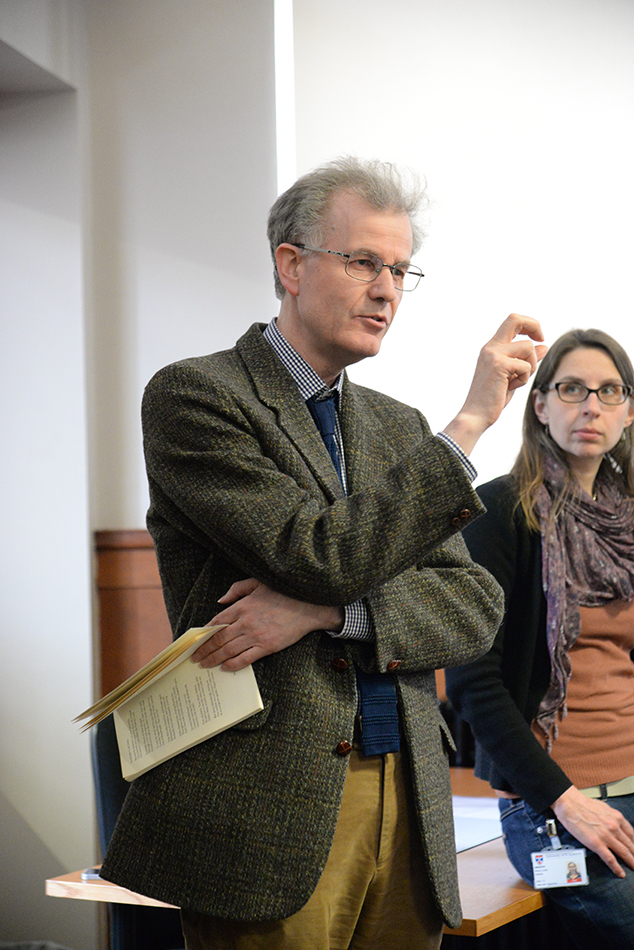
John Napier was born into a wealthy family at Merchiston near Edinburgh in 1550 and studied at St Andrews, enrolling in 1563. Around 1564 he left to study in Europe, on the advice of his uncle, the Bishop of Orkney. By the time he returned to Scotland in 1571, Napier was an outstanding mathematician, and was also proficient in both Latin and Greek. He married and went to live at the family estate at Gartness, Stirlingshire, where he spent much of his time in the study of mathematics. His first published work was a religious polemic against the Roman Catholic Church. Napier’s 1593 A Plaine Discovery of the Whole Revelation of Saint John was the first Scottish work on the Book of Revelation. It was highly influential in Scotland and England and in Protestant communities on the Continent.
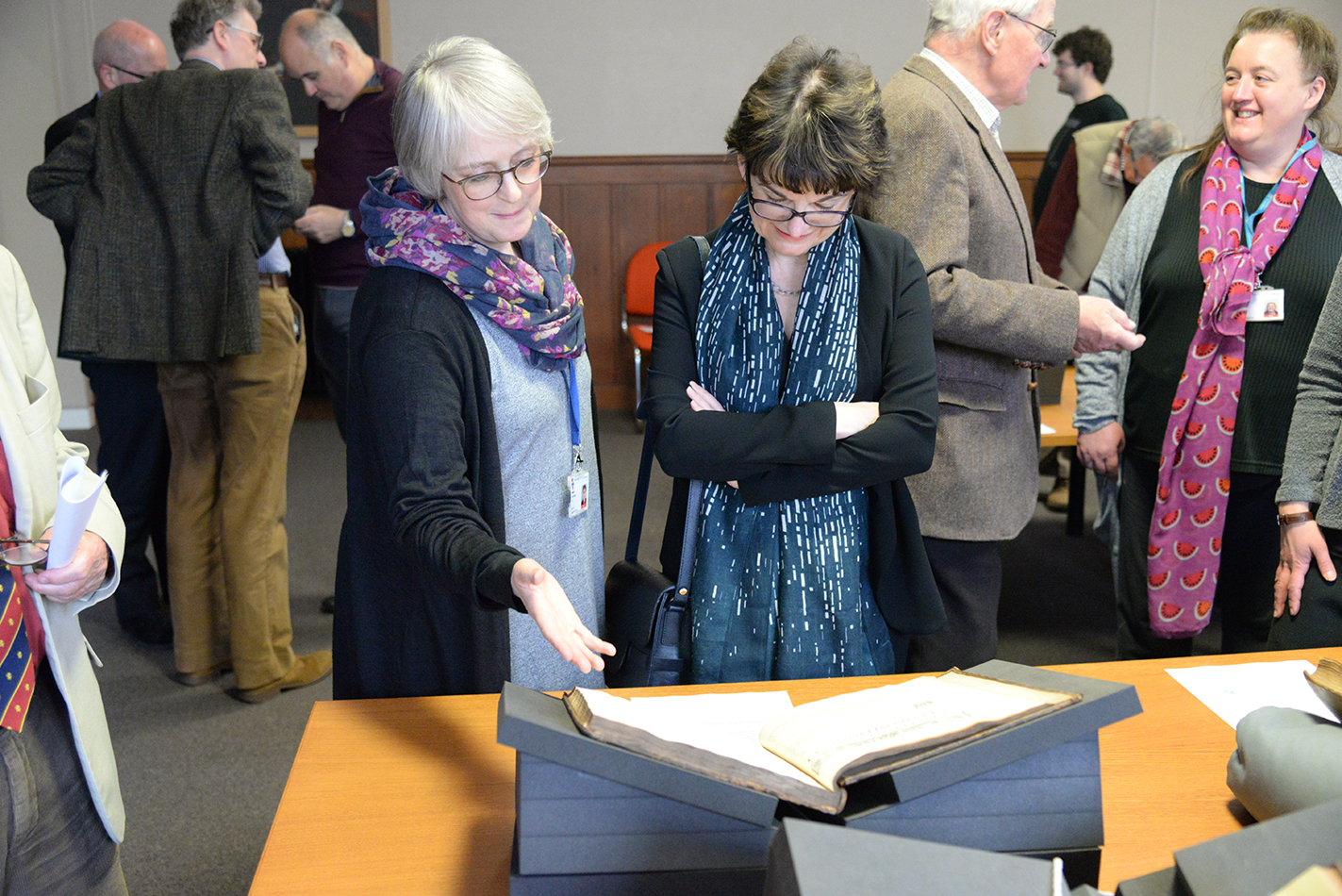
The invention of logarithms is regarded as Napier’s greatest achievement. Napier spent over twenty years devising methods of simplifying calculations and he finally published Mirifici Logarithmorum Canonis Descriptio (A Description of the Wonderful Law of Logarithms) in 1614. The book discusses the definitions and working rules of logarithms, as well as their trigonometrical application. Logarithms enabled the substitution of simple addition and subscription for the complicated multiplication and division described by Napier in his introduction as “for the most part subject to many slippery errors”. Napier’s invention enabled more calculations to be completed in an hour than had previously been possible in one day.
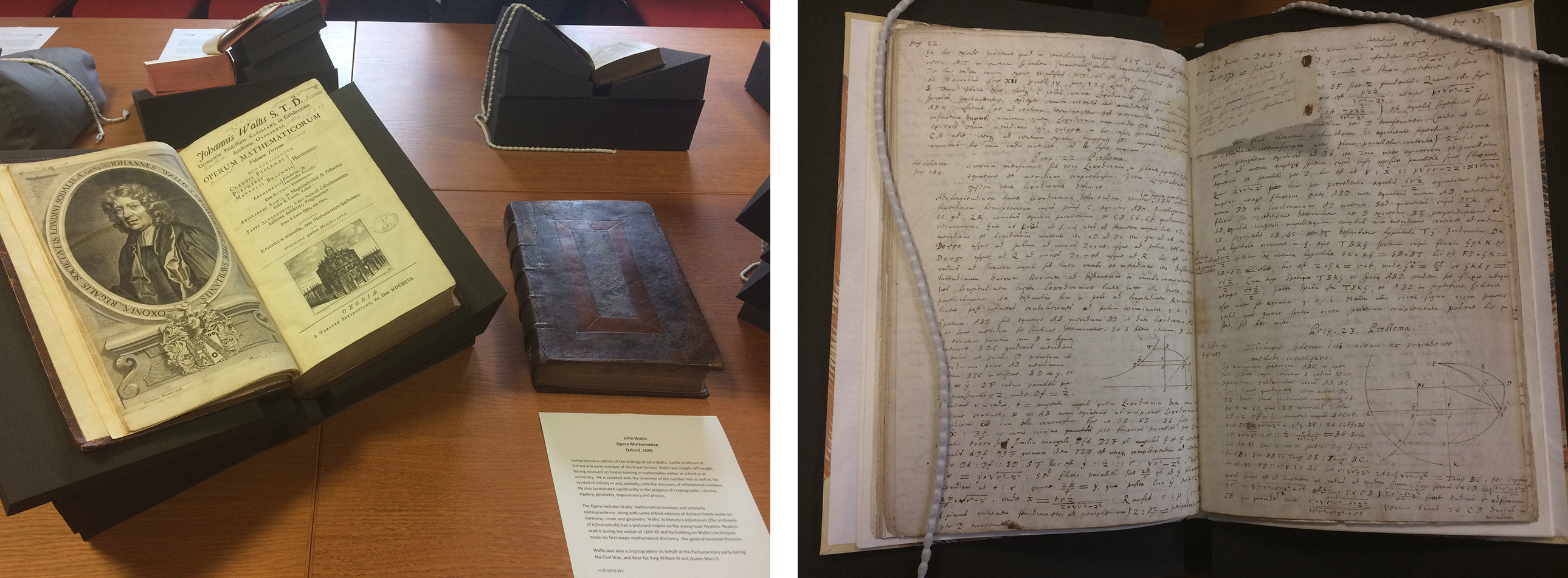
The event was also an opportunity to display some highlights of the University’s mathematical manuscripts and rare books, along with material directly relating to John Napier, providing an opportunity for visitors to engage with the original material. The display ranged from first editions of a number of Napier’s publications to Euclid, Elementa, printed in Venice by Luca Pacioli and regarded as models of subsequent mathematical book design; Charles Babbage, Table of logarithms of the natural numbers, from 1 to 108000 (London, 1827); Karl Friedrich Gauss, Disquisitiones arithmeticae (Leipzig, 1801), one of the most influential books in the history of mathematics; and Mary Somerville, Mechanism of the Heavens (London, 1831), a translation and condensed explication of the seminal five-volume Traité de mécanique céleste, which had been written by the French astronomer Pierre-Simon Laplace between 1798 and 1827. Born in Jedburgh, Mary Somerville spent much of her childhood in Burntisland. She had only one year of formal education, and was otherwise self-taught. In 1832, one of Somerville’s friends, the Scottish dramatist and poet Joanna Baillie, expressed her belief that Mechanism of the Heavens had “done more to remove the light estimation in which the capacity of women is too often held, than all that has been accomplished by the whole sisterhood of poetic damsels and novel-writing authors”.
It was a lovely event, and the Library is most grateful for the generous support which made it possible.
Gabriel Sewell
Assistant Director of Library Services (Special Collections)